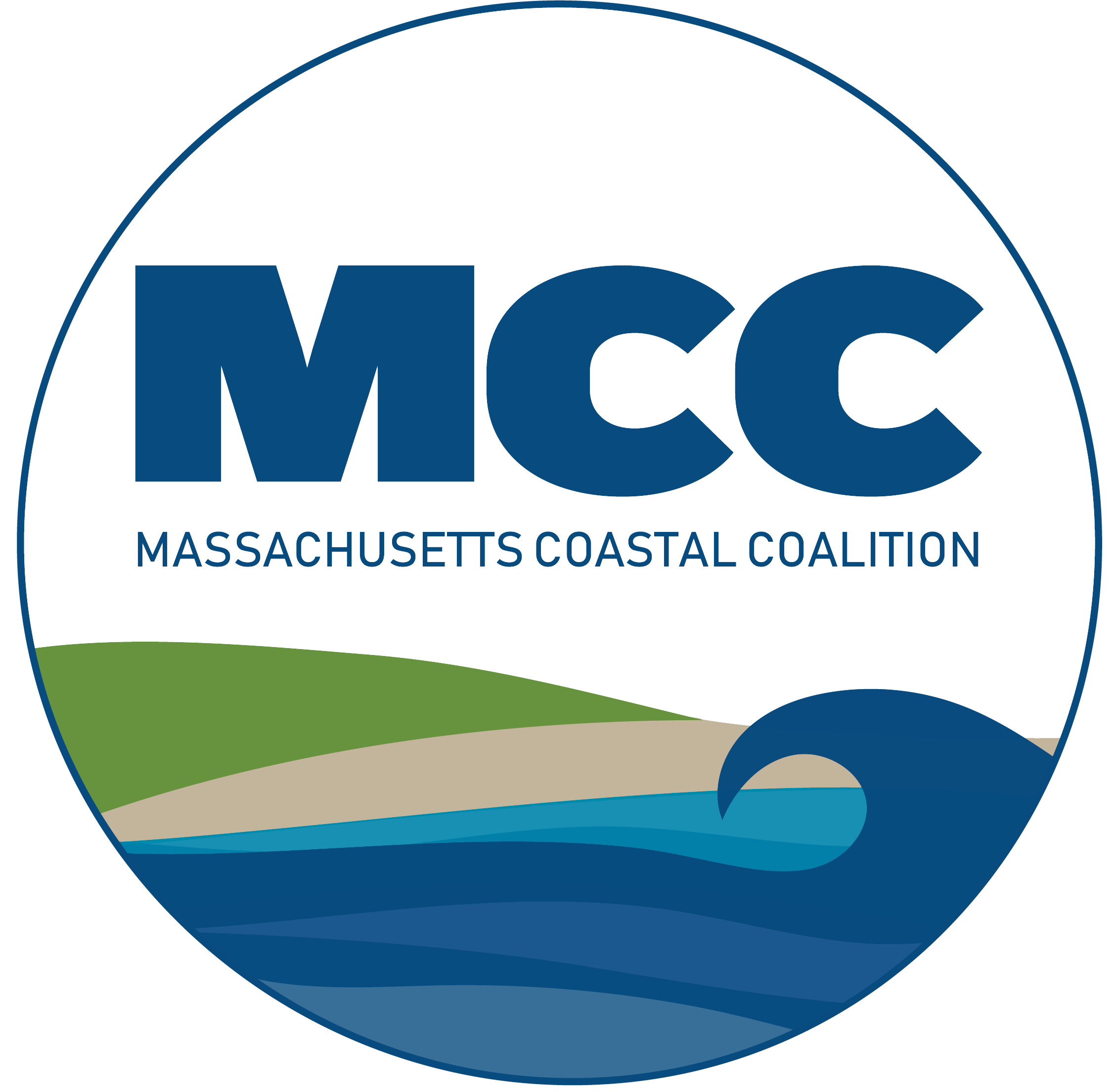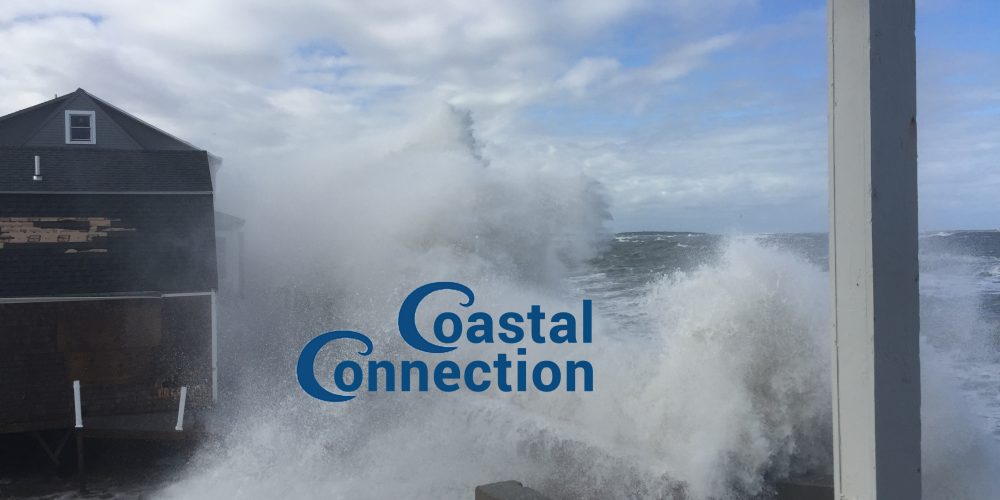When FEMA announced the transformation of the National Flood Insurance Program (NFIP) with updated and modernized rating dubbed Risk Rating 2.0, questions and concerns were raised from various industries such as insurance agents and real estate professionals. As FEMA begins to release details around Risk Rating 2.0, it’s clear that the NFIP transformation will not just impact insurance rating, it will impact the entire flood industry. From private flood insurance companies to floodplain managers, each stakeholder will be influenced by Risk Rating 2.0’s implementation.
FEMA has branded Risk Rating 2.0 as “Equity in Action” since the coming changes will make the NFIP rates more fair and easier to understand. Equity in Action replaces the current binary “in versus out” of a high-risk flood zone pricing methodology. Rather, it uses “graduated” rating, which is a pricing methodology based on factors such as distance to water, types of flood exposure, and other advanced elements. Equity in Action will also bring more equity to NFIP policyholders by basing rates off of the building’s replacement cost. The higher the building’s replacement cost, the more expensive the premium, and vice versa.
In April, FEMA issued a press release on Equity in Action and state fact sheets showing projected rate changes:
- 11% of NFIP policyholders will see a premium increase of over $120 per year.
- 63% of policyholders will see premium increases of $0 to $100 a year.
- 23% of NFIP policyholders will see a premium decrease.
The changes in the new NFIP rating methodology will have impacts throughout the entire insurance industry. For example, once Equity in Action takes effect, private flood insurers may find expanded or changed opportunities to sell policies that will close the insurance gap. Overall, what FEMA will accomplish in the transformation is making the NFIP part of a rapidly evolving and competitive flood insurance environment where insureds ask to see a quote from multiple carriers, one of them being the NFIP.
Changes under Equity in Action are not limited to the world of insurance. The impacts and benefits of mitigation options, such as the elevation of a home, have been difficult to clearly communicate, and are not always viable. The coming changes to the NFIP bring better solutions and easier communication for mitigation options. Under Equity in Action, premium credits will now be given for the elevation of mechanical equipment, currently not a creditable mitigation activity under the NFIP. The NFIP is changing how home elevation premium reductions are calculated. Currently, premium discounts max out when a building is elevated 4 feet above the base flood elevation. But with Equity in Action, the higher you go, the less the premium will be.
Importantly, mitigation credits will apply everywhere, not just for those properties in the high-risk flood zone. These changes will also enhance the flood resilience of our communities. As the financial benefit of mitigation grows, so will the elevation and mitigation of buildings. Essentially, the mitigation elements of Equity in Action will have a trickledown effect that benefits many other stakeholders.
In April of this year, House Financial Services introduced a discussion draft of an NFIP reauthorization and reform bill. The bill, among its other elements, proposes to lower the annual increase cap on NFIP premiums from 18% to 9%. Since FEMA notes that policy premiums will increase up to the maximum statutory cap under Equity in Action, this was a clear reaction from Congress. While there are still legislative issues and priorities to tackle, Equity in Action will address long standing programmatic issues that Congress may no longer need to address in forthcoming flood reform such as using replacement cost when determining rates.
In early 2021, a media storm followed the release of information about potential impacts of Risk Rating 2.0. For the first time, those who never heard of or cared about flood risk began to talk about the topic and Equity in Action will make flood risk easier to communicate. Equally important is to understand that the change that FEMA is planning will impact far more stakeholders than just those that interact with NFIP insurance. Equity in Action modernizes the NFIP in a way that has not been seen in the 53-year history of the program. Whether stakeholders involved appreciate the changes or not, Risk Rating 2.0 will change the landscape of insuring against and communicating flood risk.

